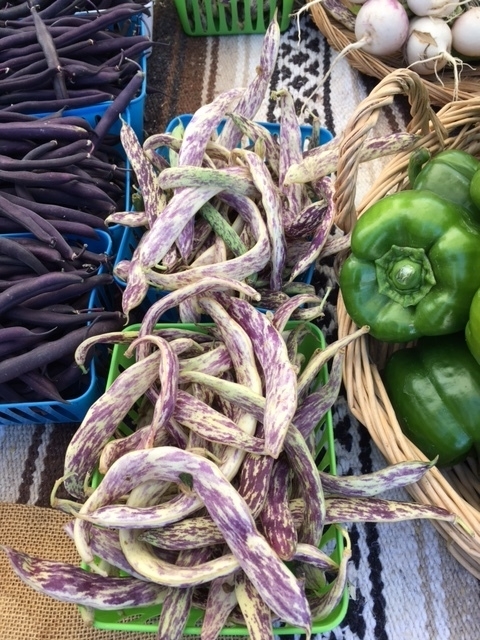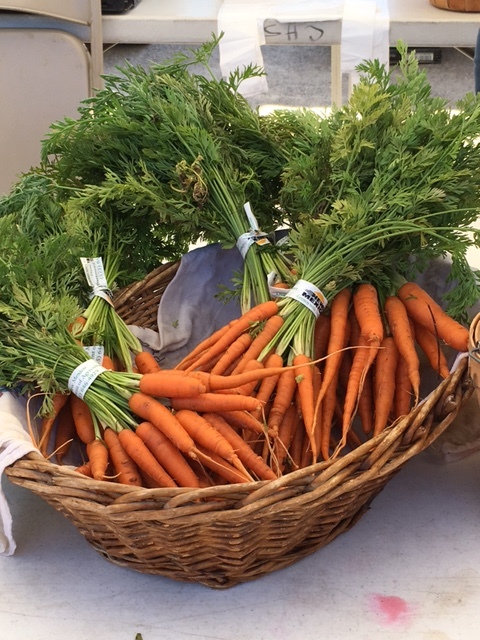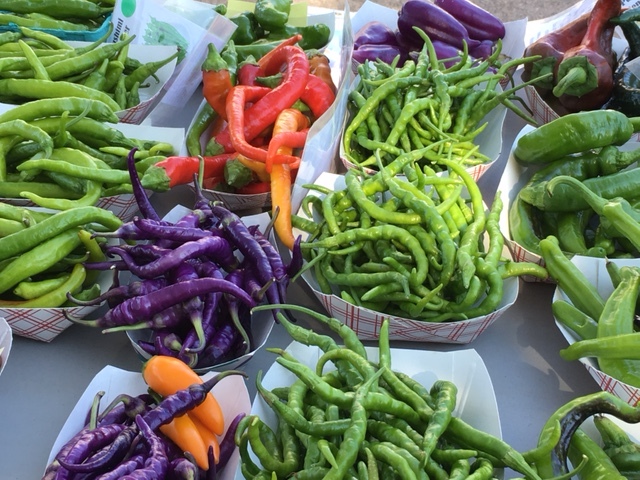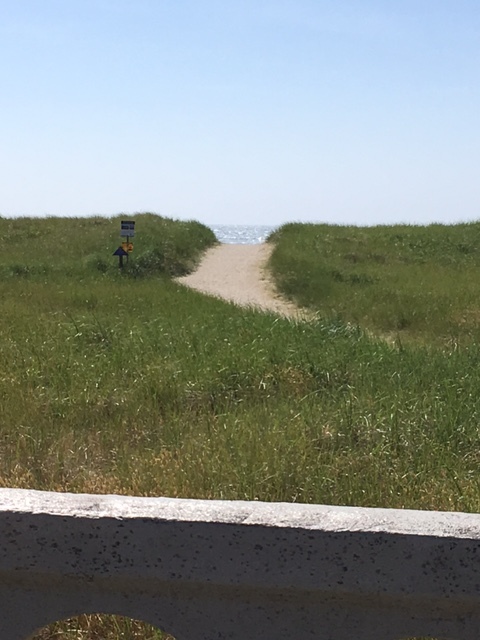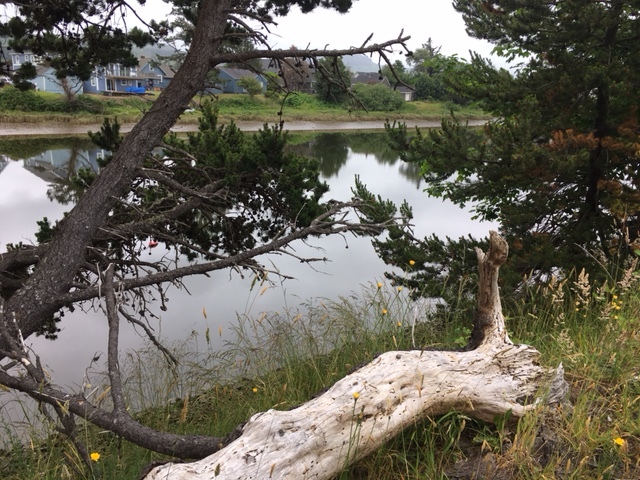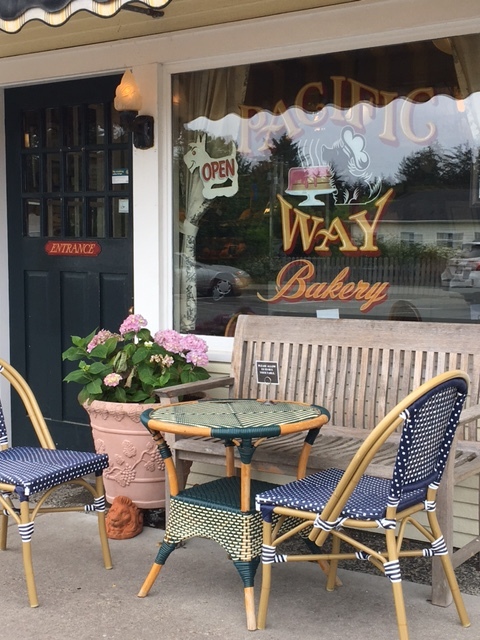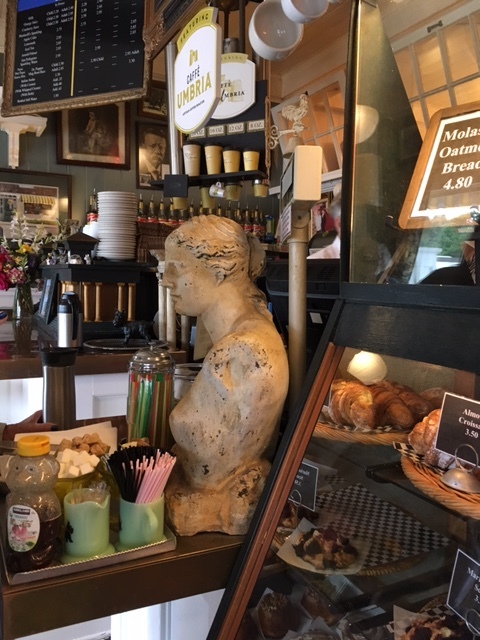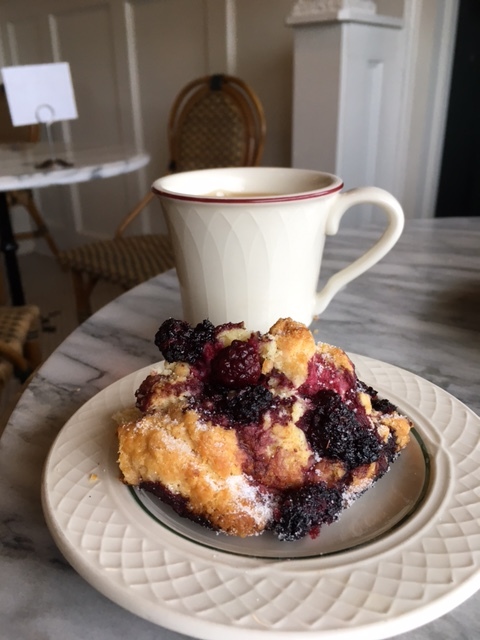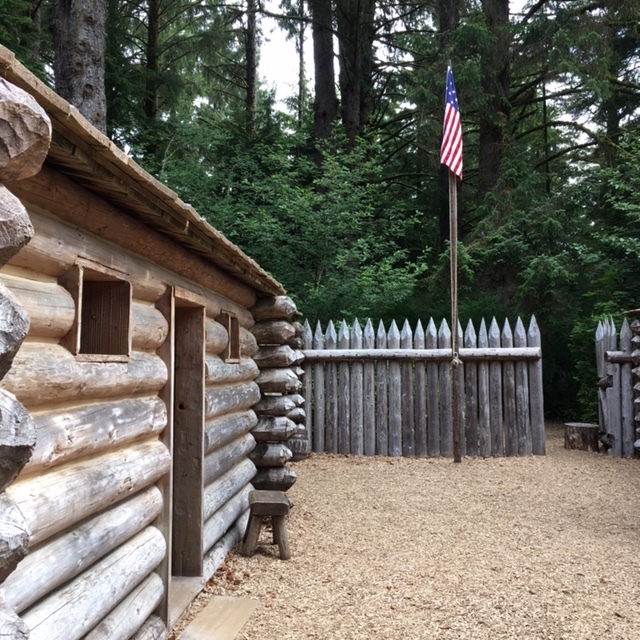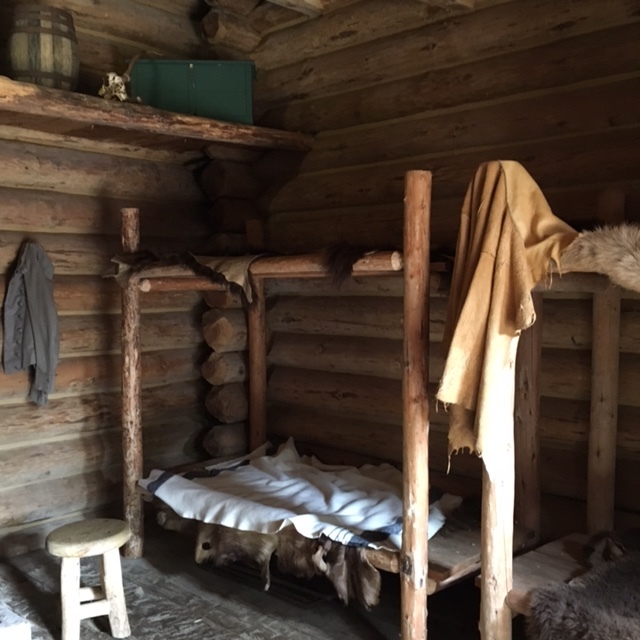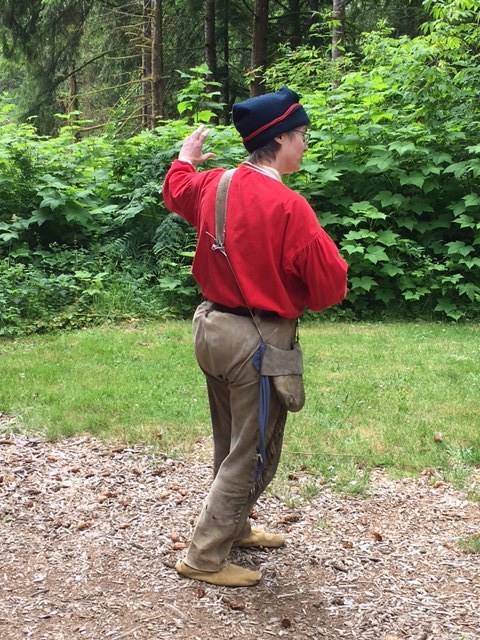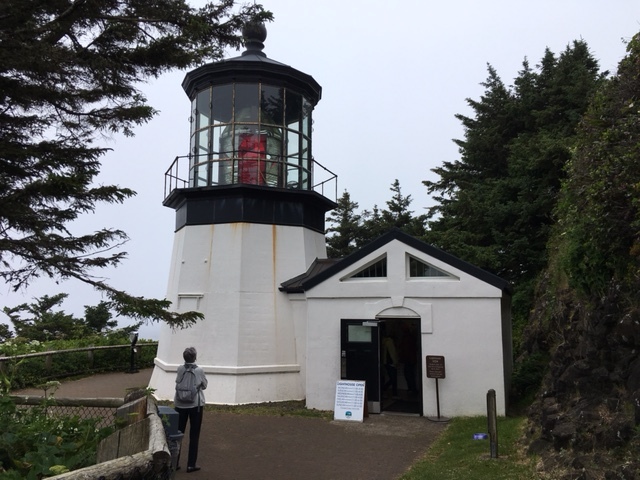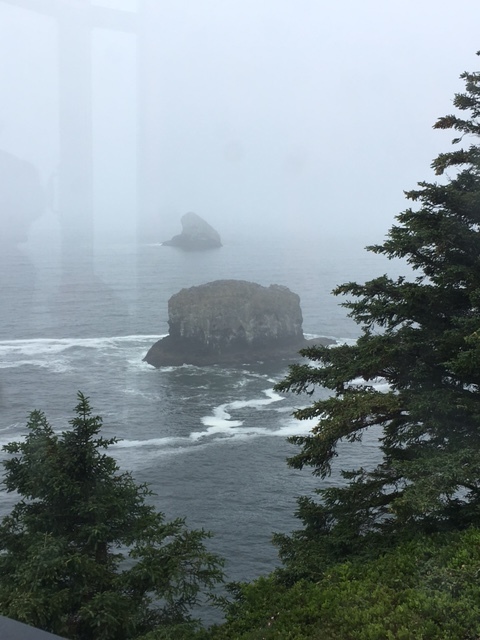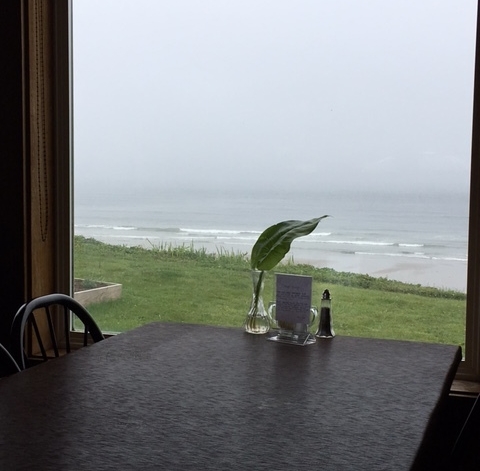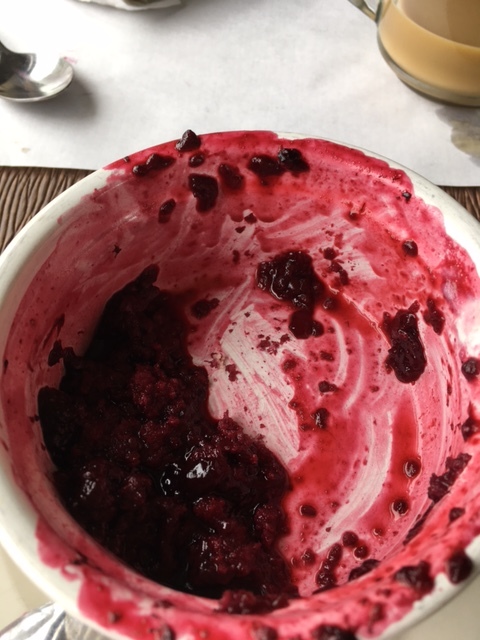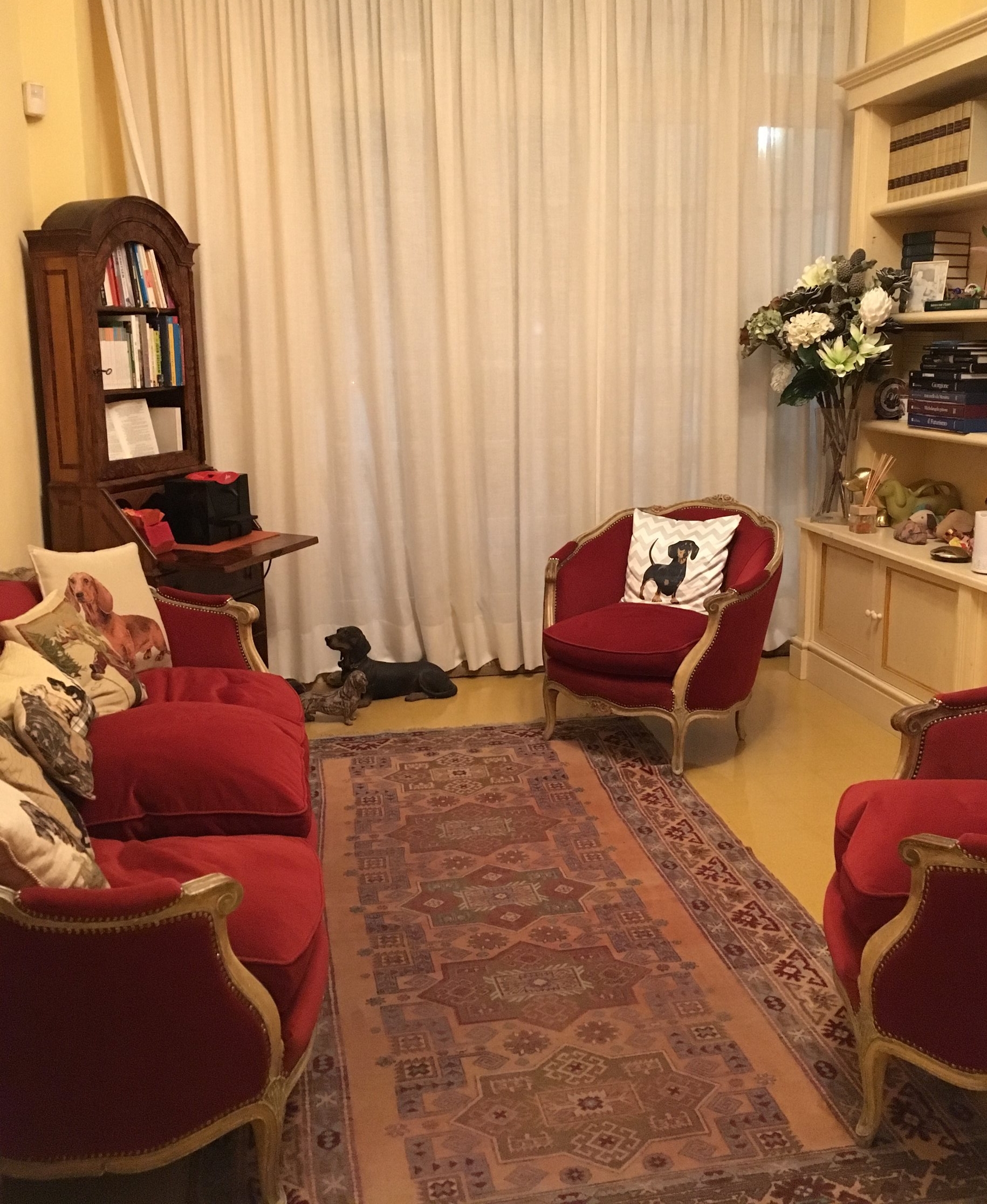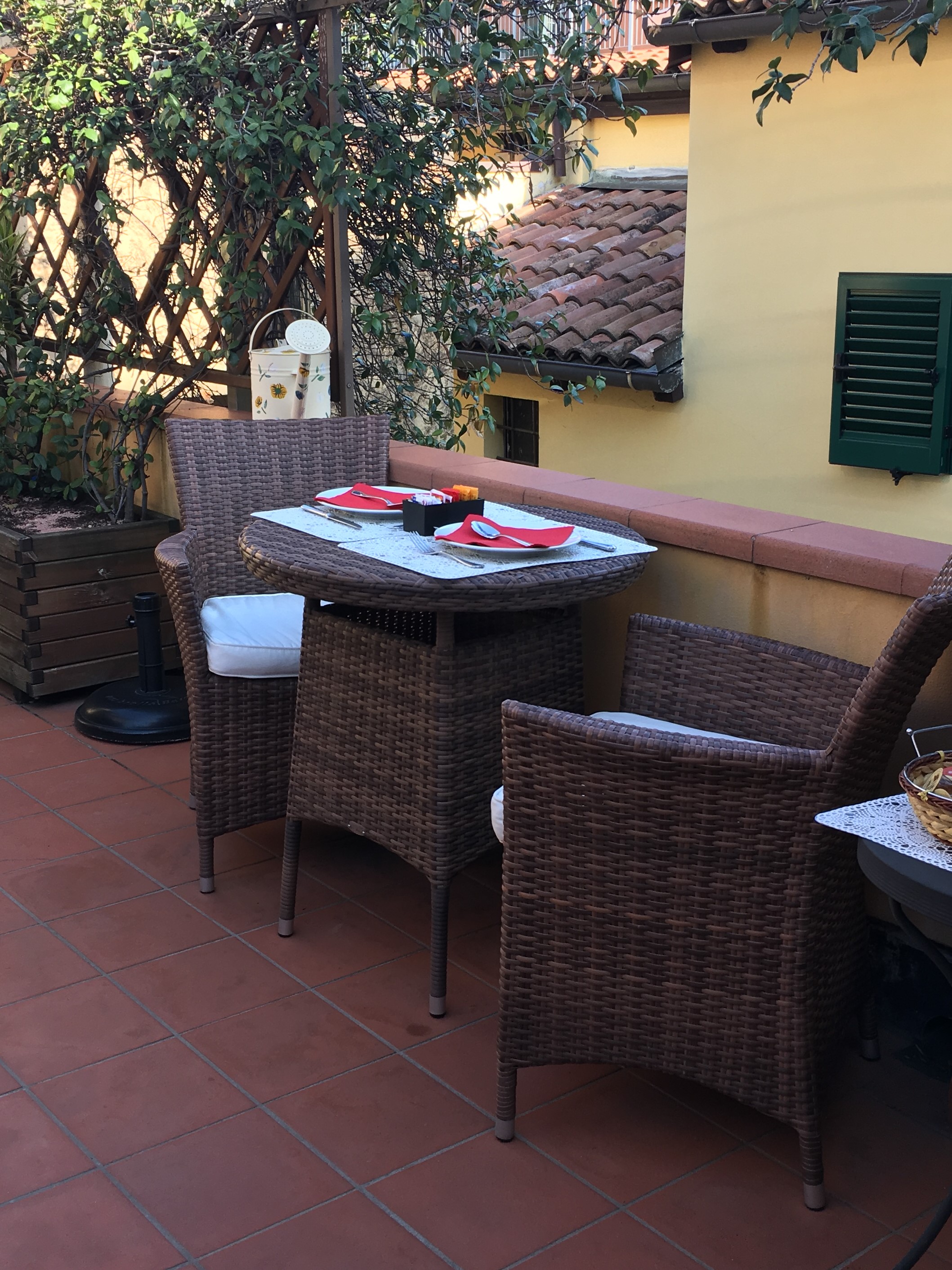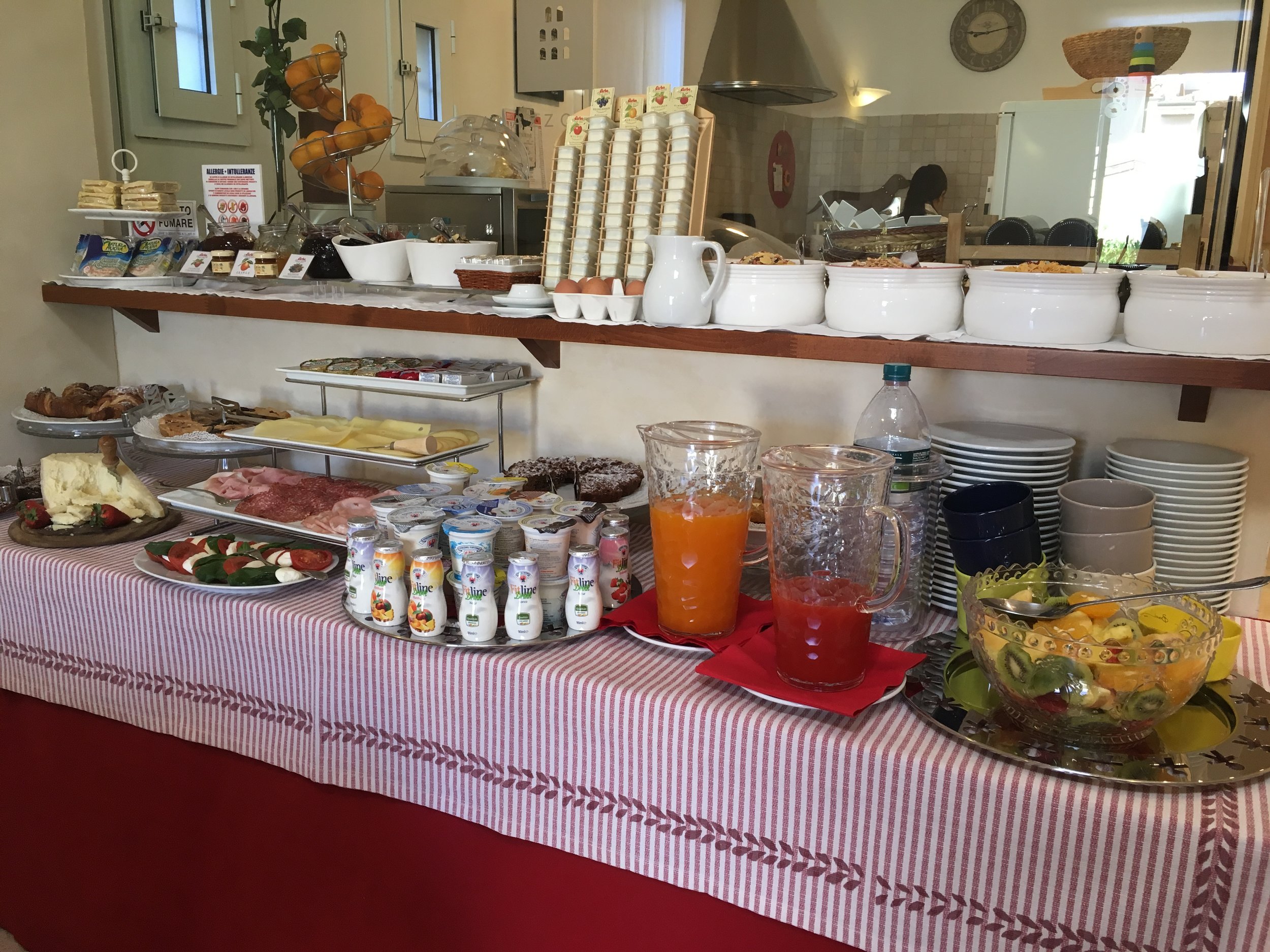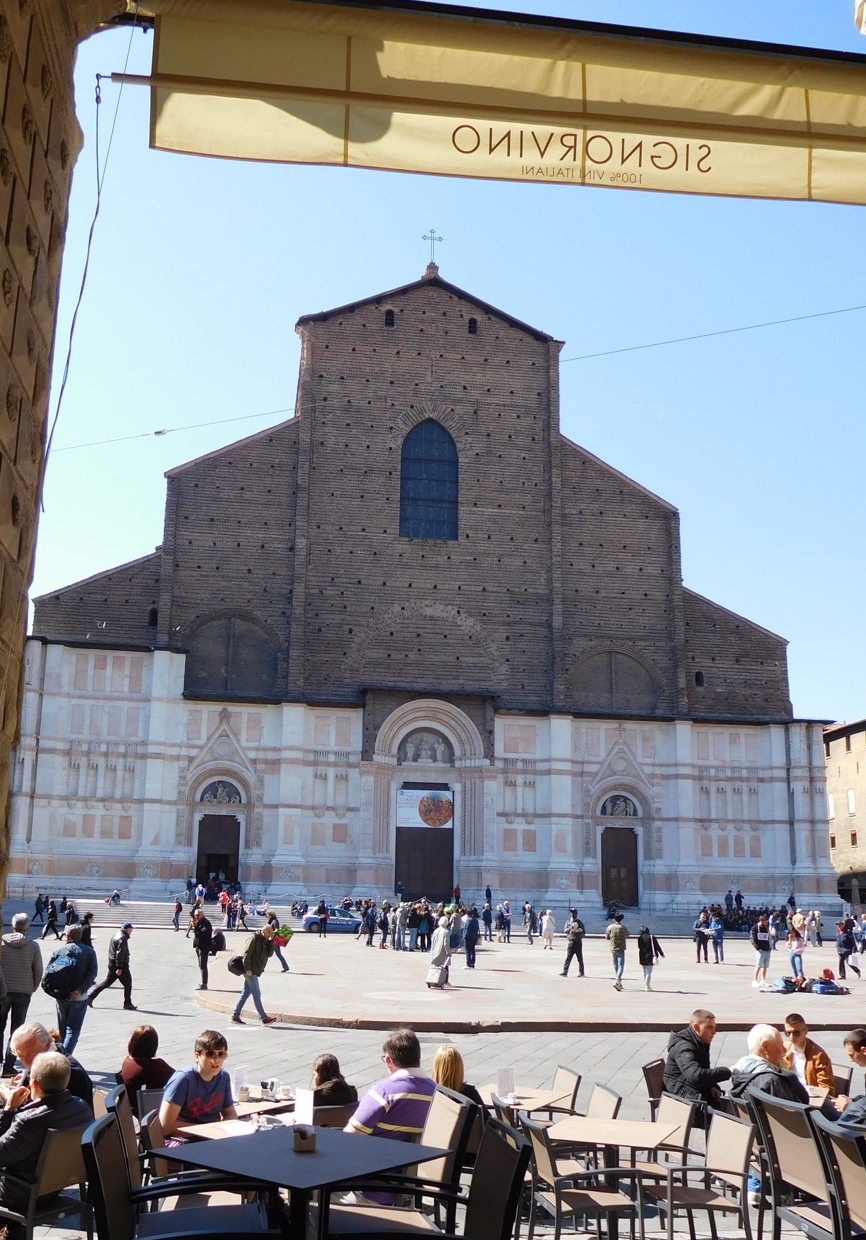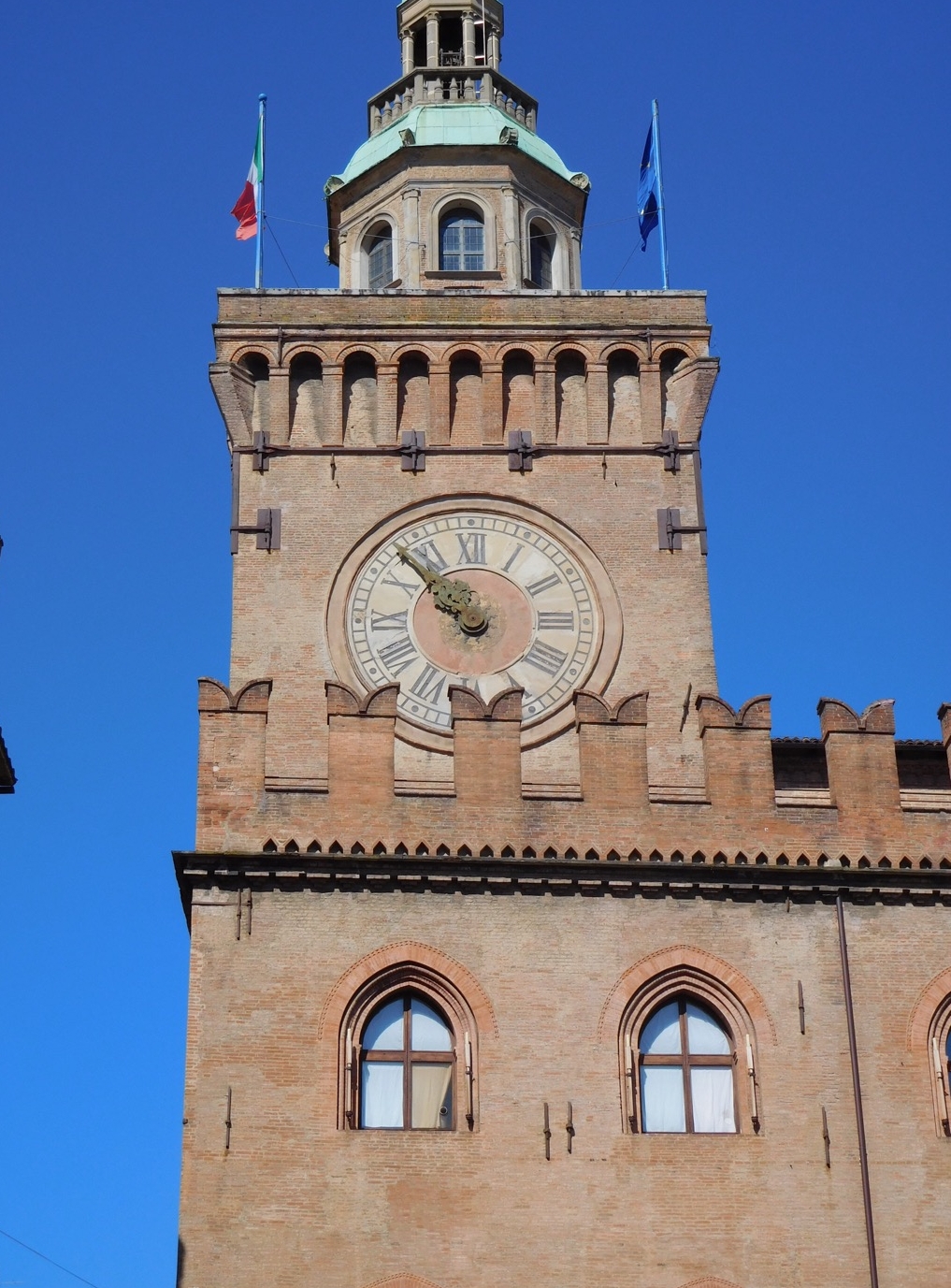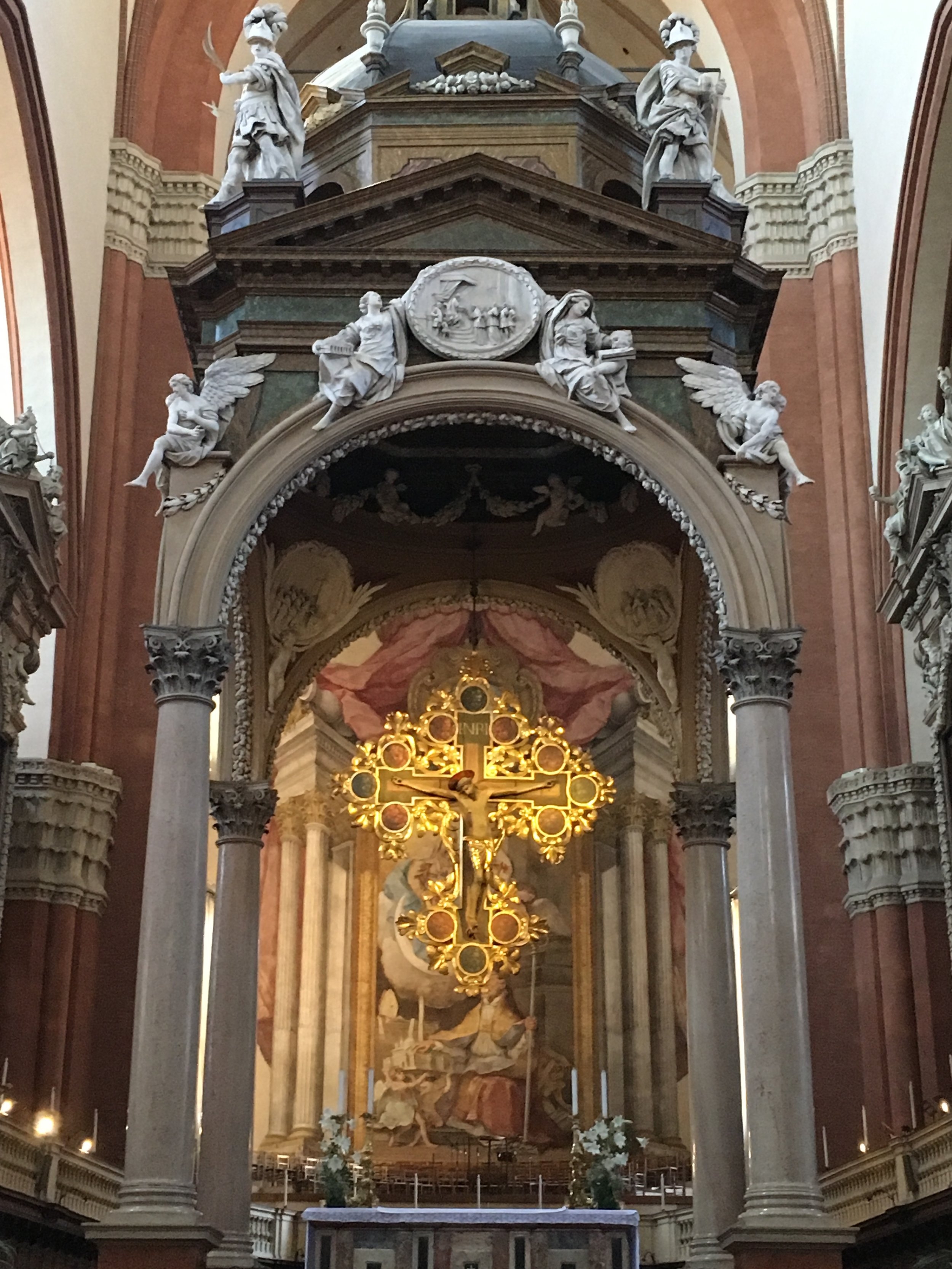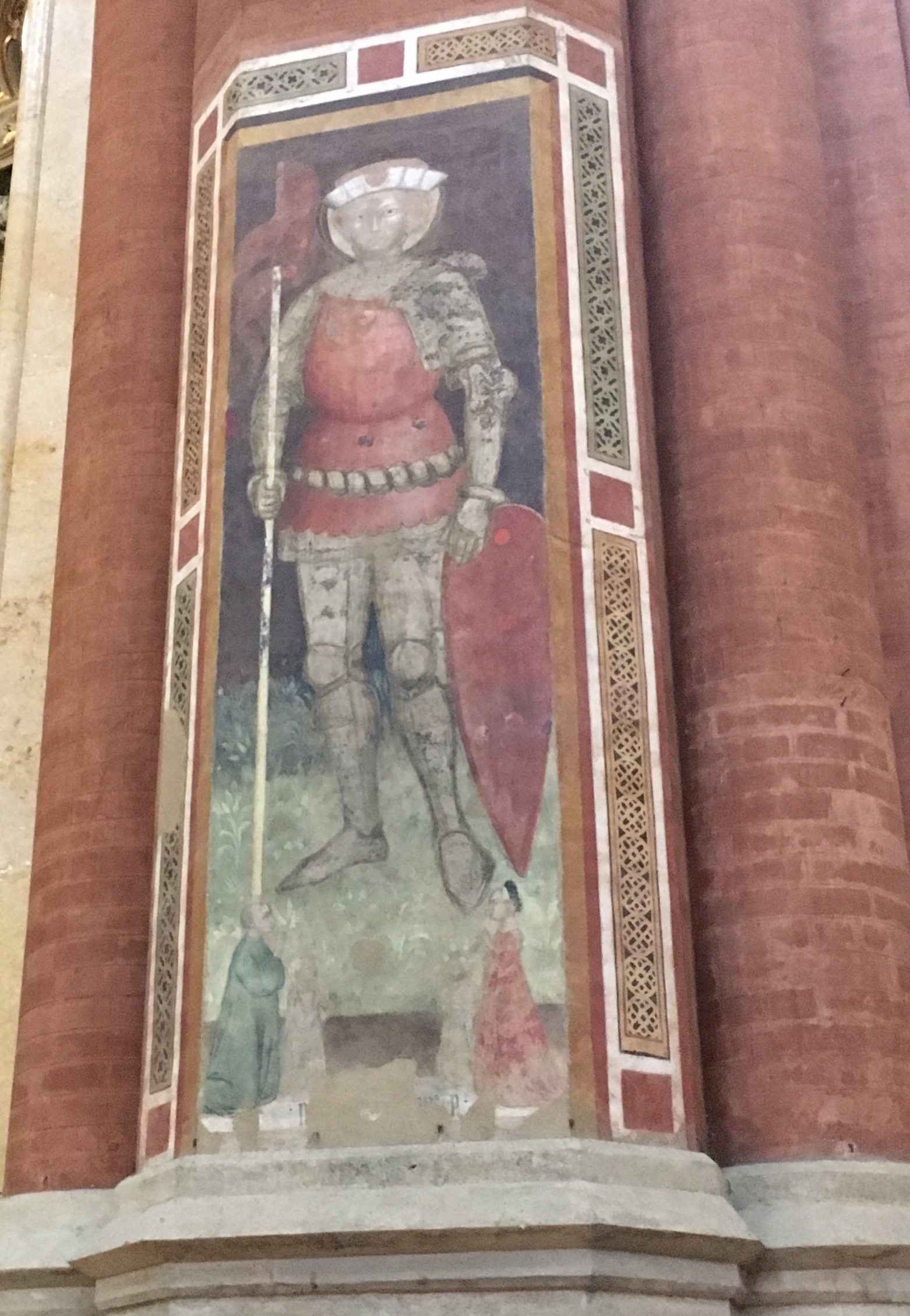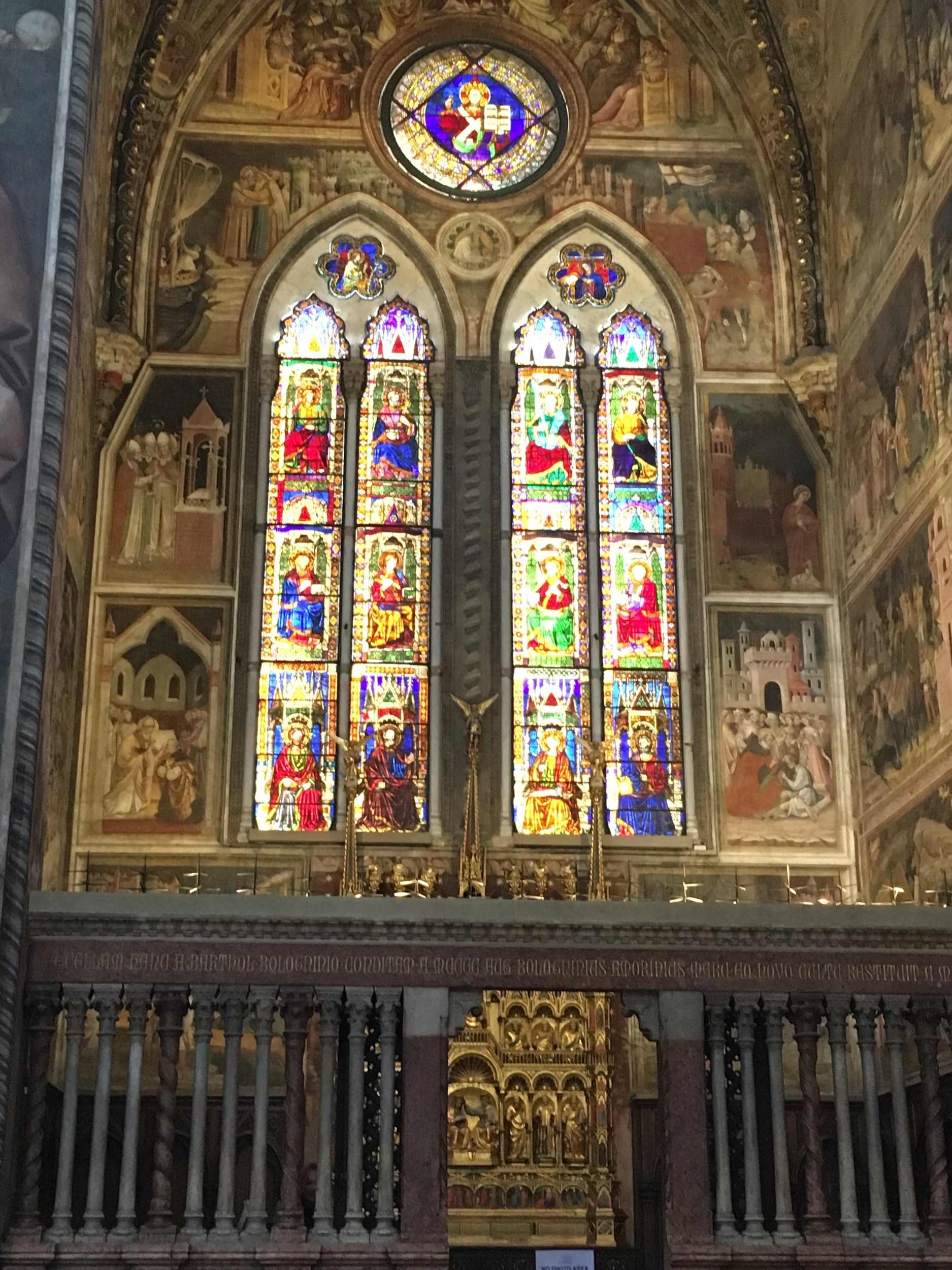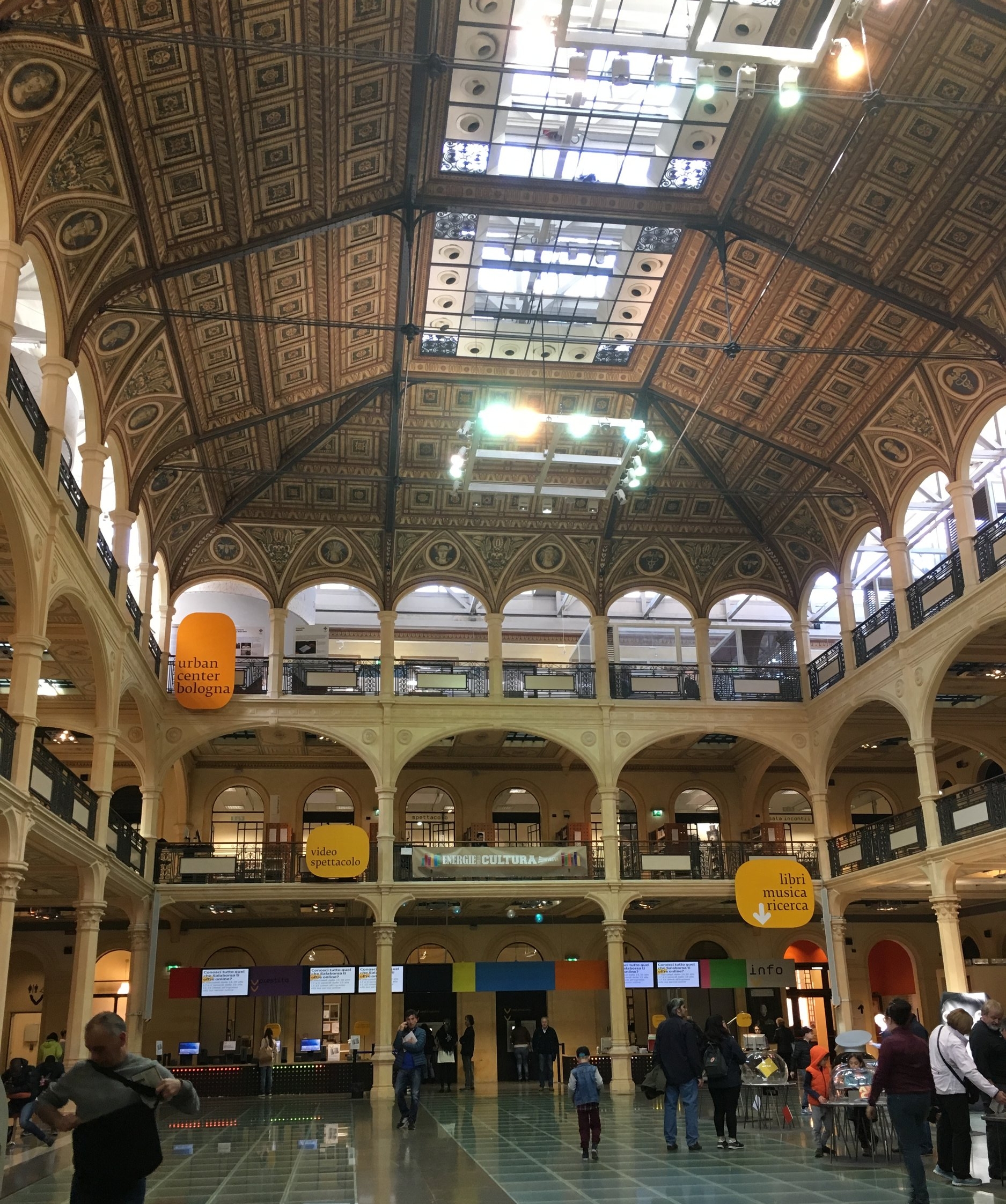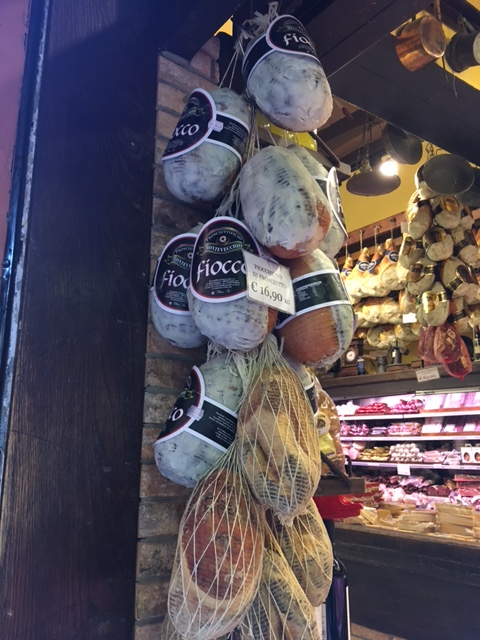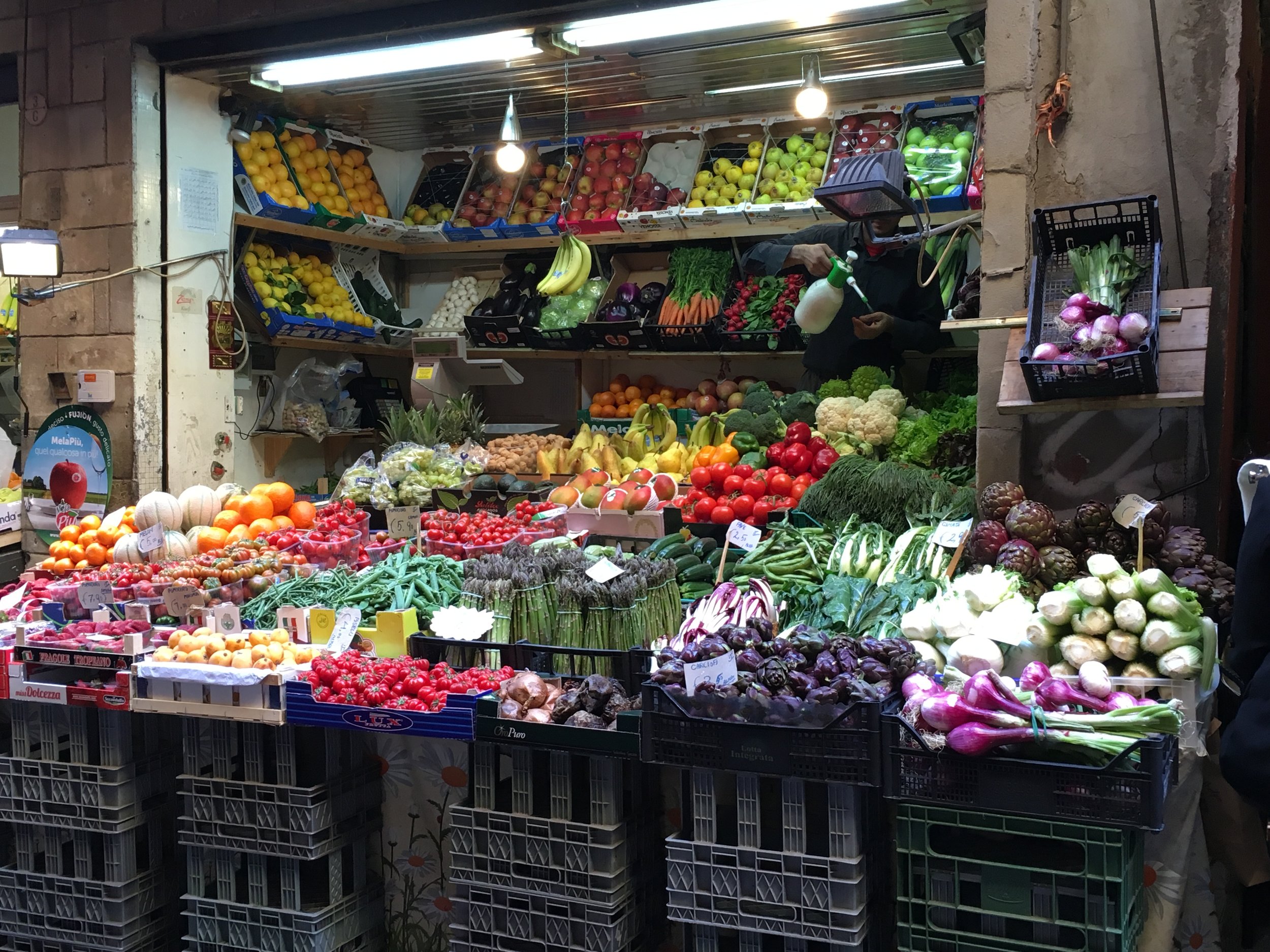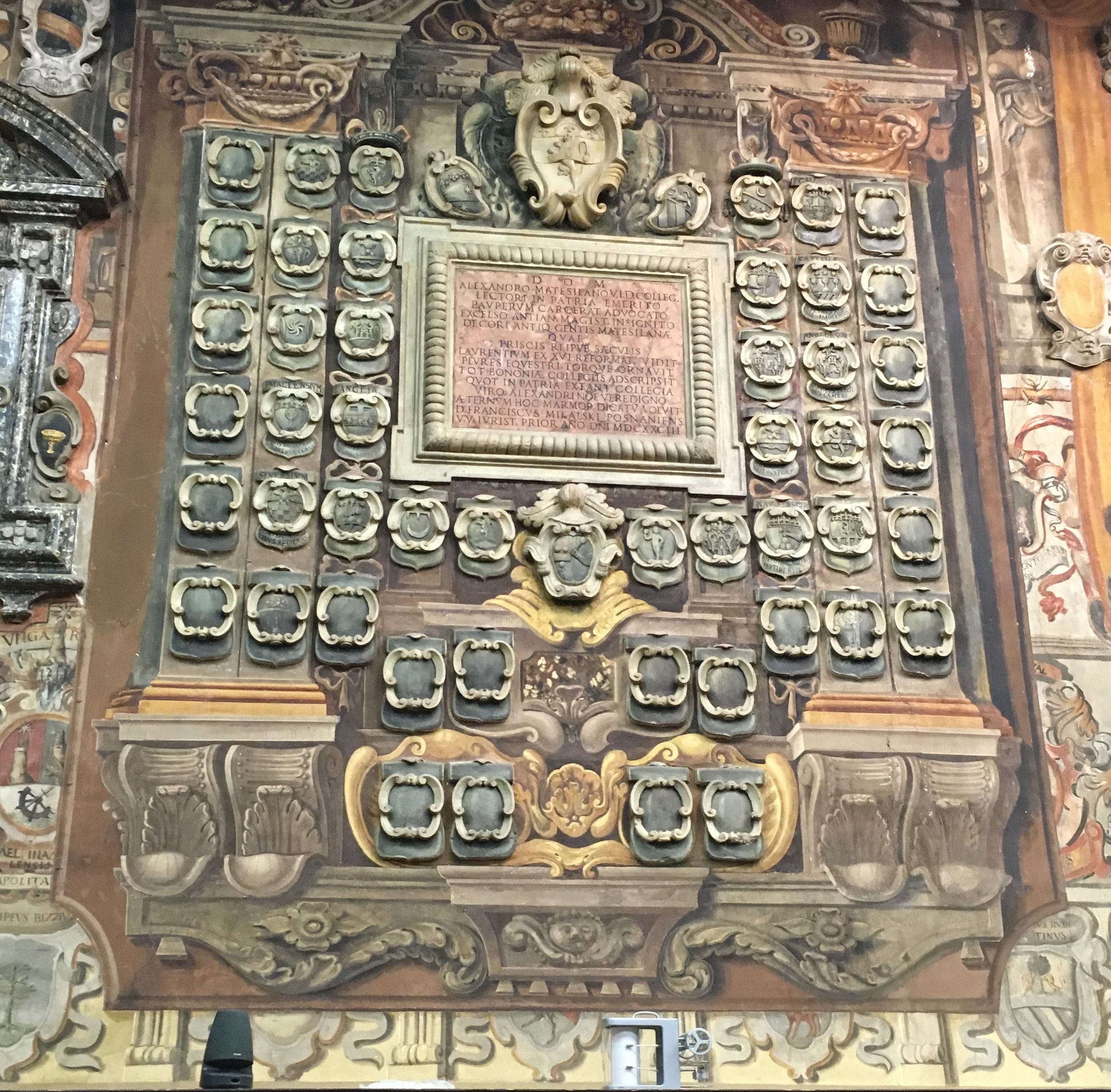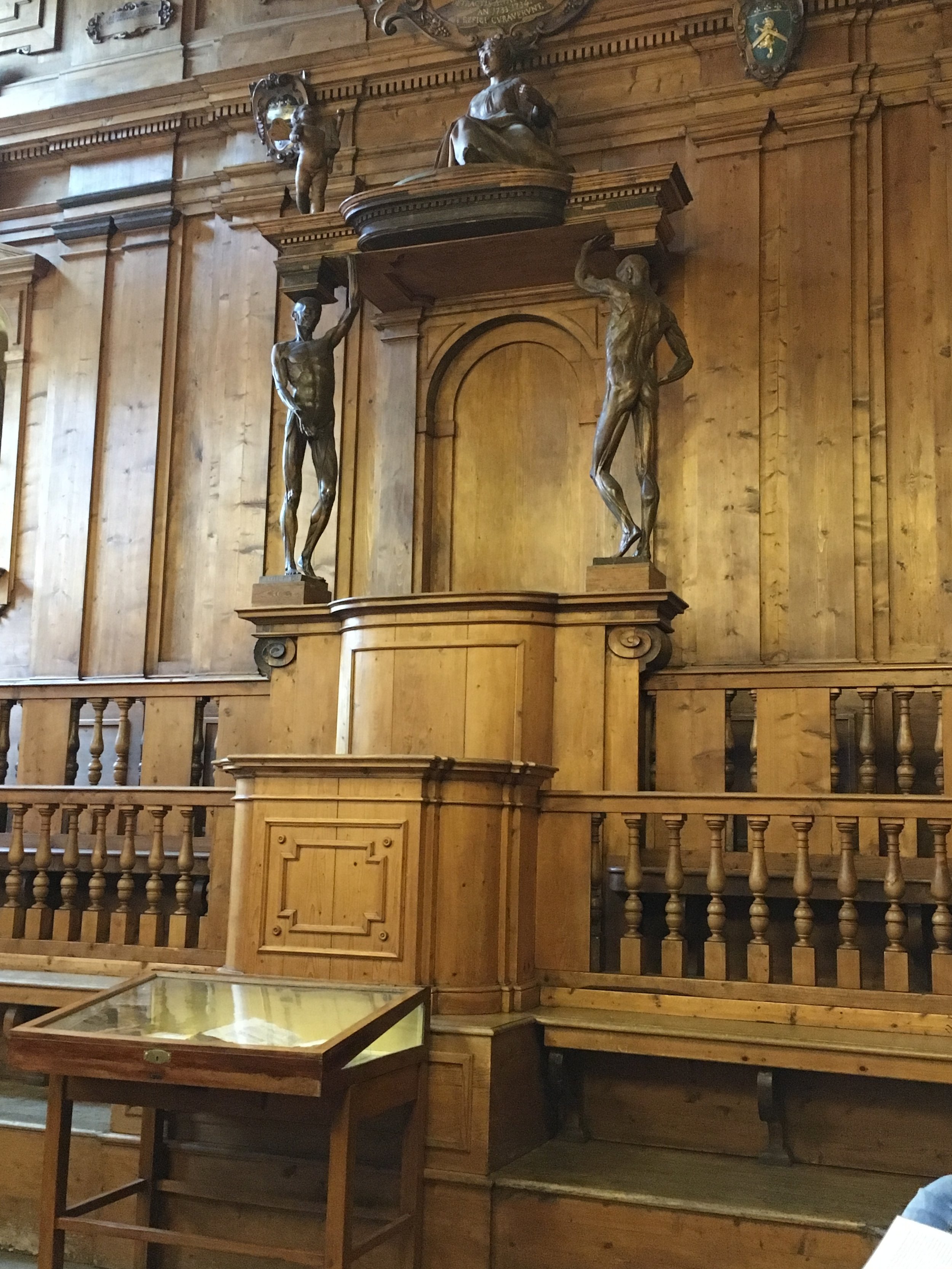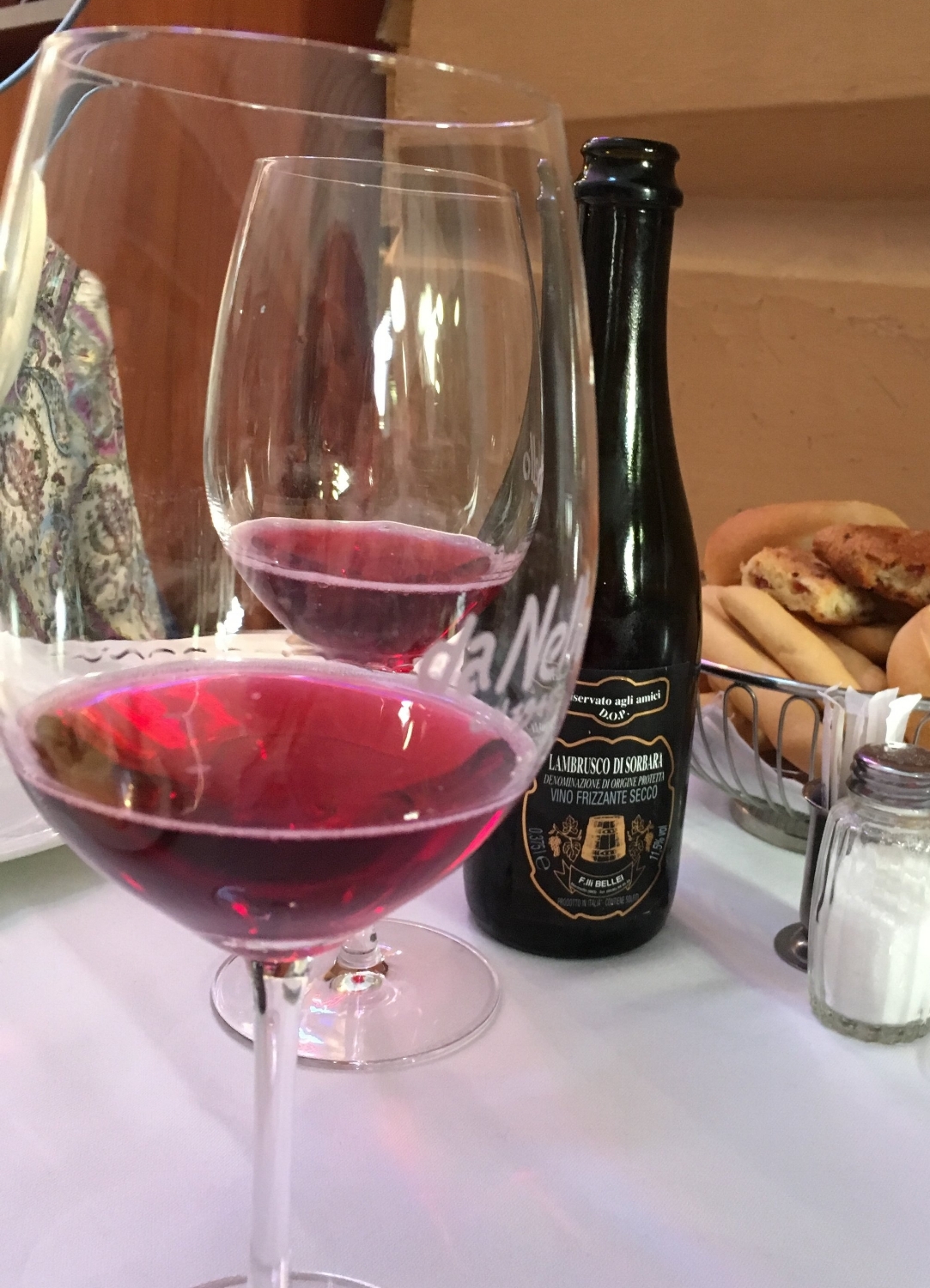A Late Summer Grower's Market
The Sunday grower's market in Corrales, NM
Is there a better place to be on an August morning than outdoors at a grower’s market? This is especially true when the sky is blue, the temperature mild, and you are itching to fire up the grill and roast some veggies.
Whether I am at home in New Mexico or somewhere in Europe, I know that the August market will be bursting with the colors, flavors, and scents of the late summer harvest. This is the peak time for melons, peaches, tomatoes, corn, peppers, squash – all of which provide great inspiration for adventures in the kitchen.
Green chile roasting - the scent of late summer in New Mexico
In New Mexico, August is also the time of the chile harvest – and if you’ve never smelled roasting green chile, tumbling in a basket over an open flame, then you have really missed out! For me, that pungent scent signals two things – that I am definitely home in New Mexico and that fall is just around the corner.
I’m enjoying my last two weeks of summer at home before I head back to Italy for most of September and October. So, for the next two weeks, I’m all about the local markets in New Mexico, including the one I visited last Sunday in the small village of Corrales, not far from my home in Albuquerque.
I did my market shopping to the delightful sound of live music, in this case a marimba and a steel drum. The chile was roasting, the vendors were cutting slices of peaches and melon for tasting (yum!), and the growers were exclaiming about crops just picked that morning (including some fresh-as-could be purple okra, which I couldn't resist), as well as what the harvest would bring in the upcoming weeks. Shoppers wandered around with colorful market baskets, filling them with even more colorful produce. The atmosphere was festive as the locals enjoyed a mild morning with just the first hint of fall in the air.
It’s hard to believe that in a couple of weeks I’ll be wandering the market in Lucca, filling my basket with the fabulous fruits and vegetables of the end-of summer harvest in Italy. Stay tuned – I’ll be posting in real time from Italy in a few weeks and I bet there will be some markets, some festivals, and some adventures in the coming posts. -post by JB



